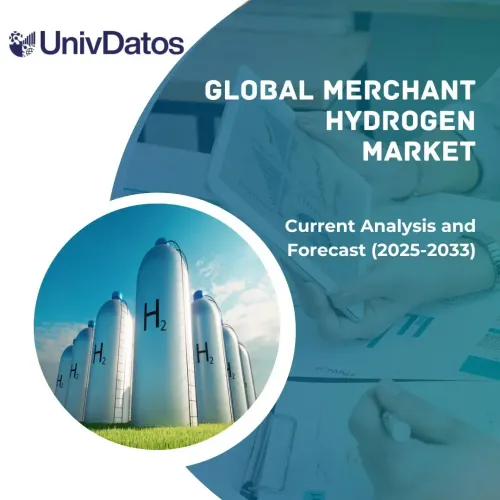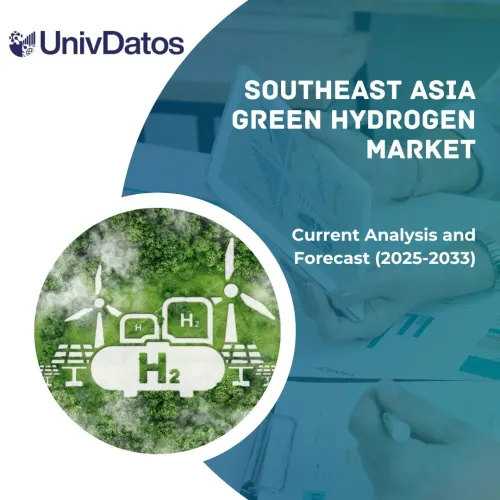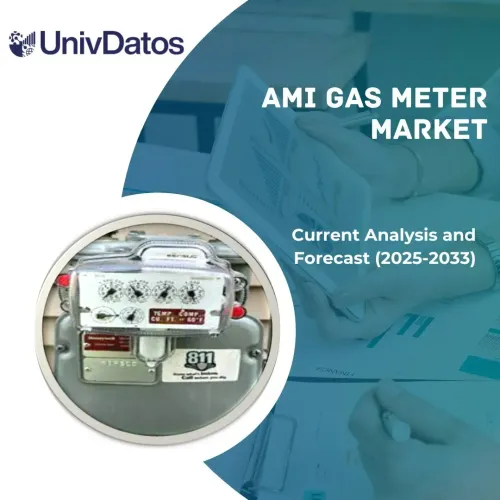- Home
- About Us
- Industry
- Services
- Reading
- Contact Us
Marine Engine Market: Current Analysis and Forecast (2025-2033)
Emphasis on Power Range (>1000 HP, 1001-5000 HP, 5001-10000 HP, 10001-20000 HP and Above 20000 HP); Type (Two-stroke, Four-stroke); Engine (Propulsion Engine, Auxiliary Engine), Vessel Type (Commercial Vessel, Offshore Support Vessel, Others; Fuels (Heavy Fuel oil, Intermediate Fuel Oil, Marine Diesel Oil, Marine Gas Oil, Other); and Region and Country
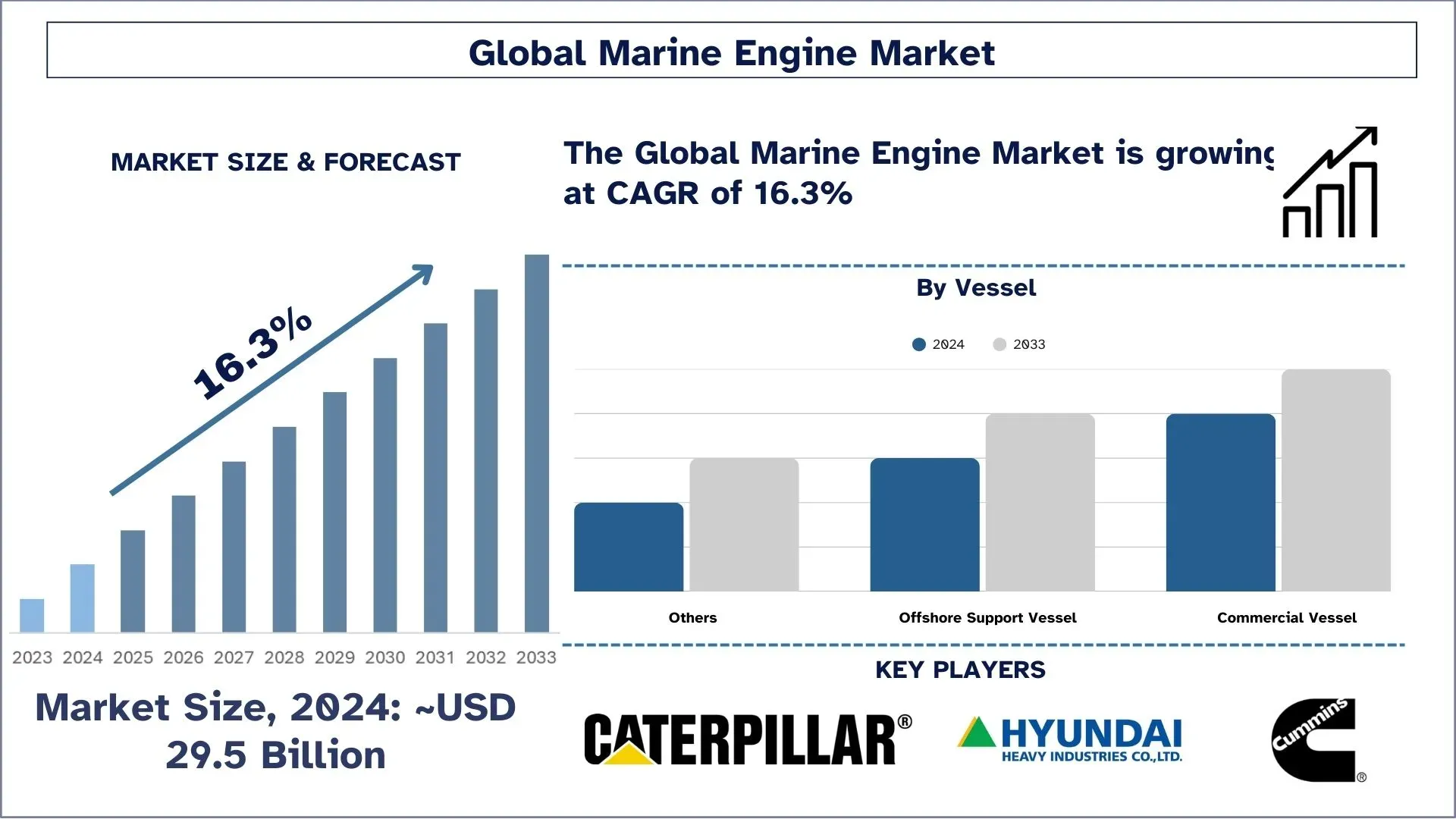
Marine Engine Market Size & Forecast
The Marine Engine Market was valued at approximately USD 29.5 billion in 2024 and is expected to grow at a substantial CAGR of around 16.3% during the forecast period (2025-2033), owing to the growing global maritime trade.
Marine Engine Market Analysis
The marine transport sector is considered the pillar of international trade. According to the International Chamber of Shipping (United Kingdom), more than 90% of the global merchandise trade in terms of volume is conducted via sea/ocean. The cost of transportation via sea is considered cheaper compared to that of rail and road transport. Asia-Pacific is considered the leading supplier of manufactured goods, thus, the overall demand for container ships is significantly high in the Asia-Pacific region. CO2 emissions from the Shipping sector account for 18% of global transportation sourced with a 20-year CO2 equivalent global warming potential. In addition, the sector targets to reduce CO2 emissions by 50% by 2050, through the adoption of new low-carbon and net-zero carbon fuels and engines. This would provide ample growth opportunities for the biomass and biofuels demand in the shipping industry. Currently, the global shipping industry consumes 300 Mt/year.
Marine Engine Market Trends
This section discusses the key market trends influencing the various segments of the Marine Engine market as identified by our research experts.
Shift Towards Dual-Fuel and Hybrid Engines
Another interesting trend is the use of dual and hybrid solutions in the Marine engine technology market. These engines are versatile and can run on conventional fuel such as Marine gas oil, LNG, biofuels, among others. Current advances in automobile engineering, such as those that involve the use of electric motors during low-speed activities and normally powered engines during cruising provide efficiency with reduced emissions. This comes in line with the maritime sector’s goal towards sustainability, coupled with a matching stringency in regulation.
Marine Engine Market Industry Segmentation
This section provides an analysis of the key trends in each segment of the global Marine Engine market report, along with forecasts at the global, regional, and country levels for 2025-2033.
The Above 20000 HP Segment is Expected to Witness a Higher CAGR than the Marine Engine Market.
Based on power range, the global marine engine market is bifurcated into <1000 HP, 1001-5000 HP, 5001-10000 HP, 10001-20000 HP, and Above 20000 HP. Currently, engine with a power range above 20000 HP dominates the market, owing to high usage in bulk containers and other commercial vessels. A bulk container is designed to store and transport bulk liquid and granulated substances, such as food ingredients, solvents, chemicals, and pharmaceuticals, among others, in large quantities.
The Commercial Vessel Segment Holds the Largest Share of the Market.
Based on the Vessel type, the market is segmented into commercial vessel, offshore support vessel, and others. In 2024, the commercial vessel segment dominated the market and is expected to maintain its dominance throughout the forecast period. The high share of the commercial vessel segment can be attributed to the increasing international freight trade and cargo movement, paired with the increased installation of advanced electrical devices as a replacement for the aging infrastructure.
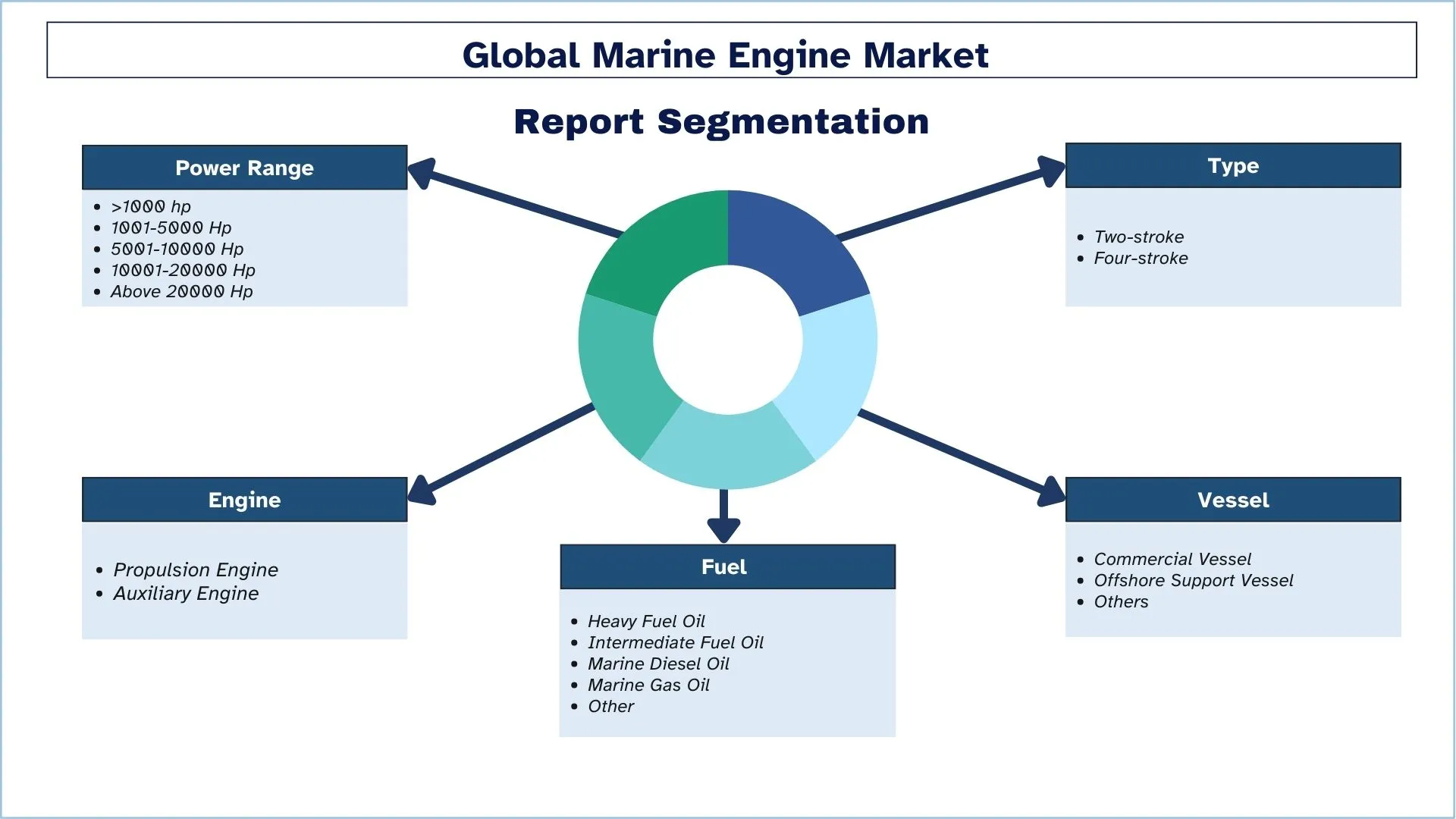
APAC has a significant share of the market in 2024.
The global marine engine market is primarily driven by the Asia-Pacific (APAC) region, as it is a prime geographical region in terms of shipbuilding and maritime business. These countries are leading the market for the demand and production of such products, such as China, Japan, South Korea, and India. APAC is also moving towards cleaner sources of power, such as LNG, hybrid, and electric engines, due to regulations that are being implemented to cut back on emissions. This is another factor amplified by considerable capital being put into the improvement of the maritime structures and the advancement of technology for the expansion of the market.
China Dominates the APAC Marine Engine Market
Consequently, China is an important market participant in the manufacturing of marine engines due to its thriving shipbuilding business and increasing local and overseas shipping needs. This is evident due to the country’s commitment towards a ‘Green’ economy, climate change, and reduction of emissions, hence encouraging the adoption of cleaner engines such as LNG and dual fuel. Furthermore, China’s expanding investments in enhancing the maritime facilities, along with the policy that is driving the improvement of the energy efficiency degree of maritime organizations, are stimulating the market growth and strengthening China’s position as a leader of the market.
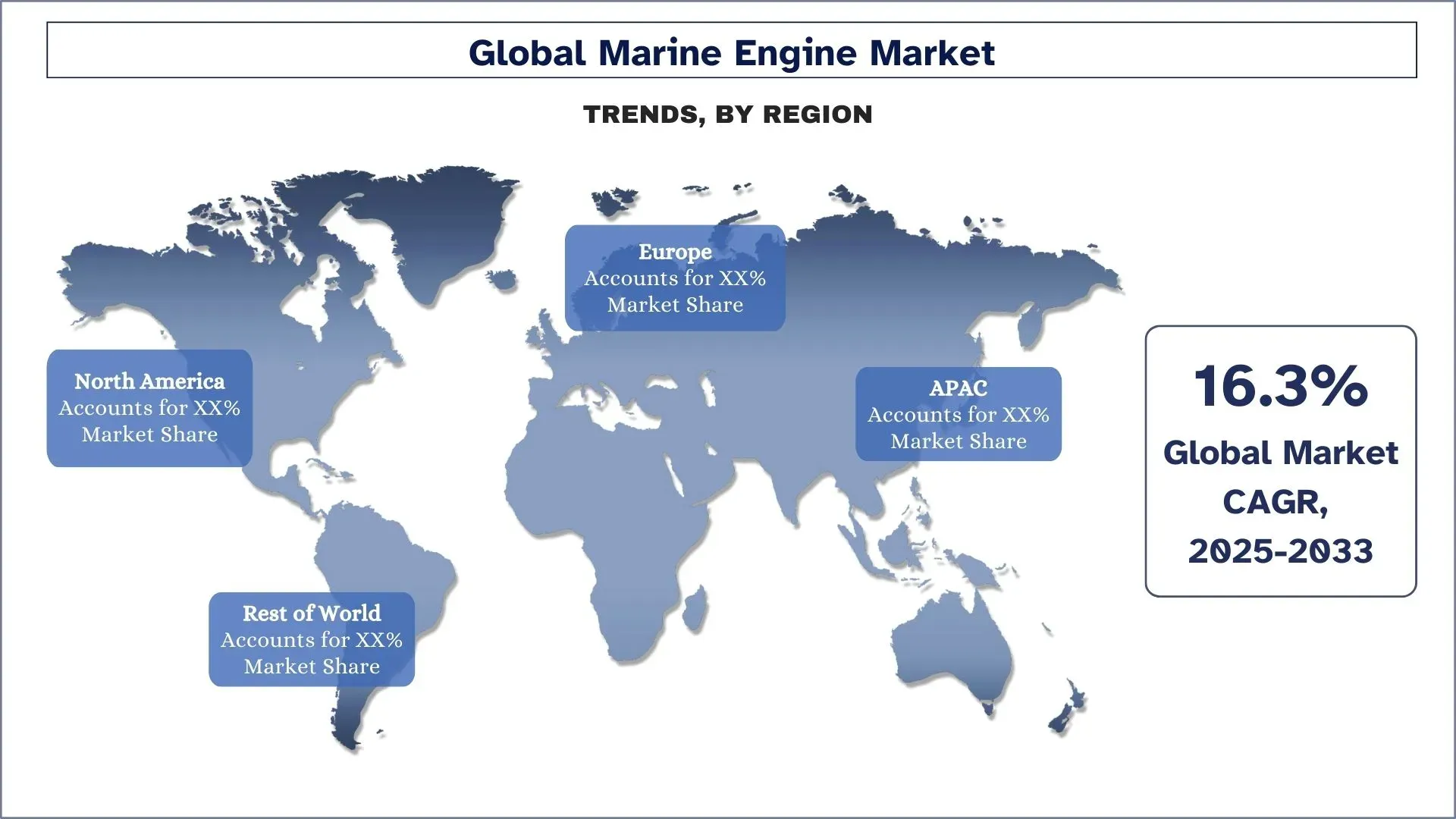
Marine Engine Market Industry Competitive Landscape
The Marine Engine market is competitive, with several global and international players. The key players are adopting different growth strategies to enhance their market presence, such as partnerships, agreements, collaborations, new product launches, geographical expansions, and mergers and acquisitions.
Top Marine Engine Market Companies
Some of the major players operating in the market are Cummins, Hyundai Heavy Industries, Caterpillar, MAN SE, Mitsubishi Heavy Industries, Volvo Penta, Rolls-Royce, Win GD, GE Transportation, and Deutz AG.
Recent Developments in the Marine Engine Market
March 2023: ADT launched the latest ADT Self-Setup Smart Home Security System, which is a completely integrated DIY offering and an enhanced DIY system from Google and ADT. The new system provides convenient control of the new ADT+ app by integrating Google Nest smart home products with ADT life safety and security technologies, as well as SMART monitoring.
February 2023: Costco partnered with ADT to offer packages with a 13 and 9-piece system, both of which include Google Nest products. Professional installation and ADT's SMART monitoring are also part of these packages.
Marine Engine Market Report Coverage
Report Attribute | Details |
Base year | 2024 |
Forecast period | 2025-2033 |
Growth momentum | Accelerate at a CAGR of 16.3% |
Market size 2024 | USD 29.5 Billion |
Regional analysis | APAC, Europe, Asia-Pacific, Rest of the World |
Major contributing region | APAC is expected to grow at the highest CAGR during the forecasted period. |
Key countries covered | U.S., Canada, Germany, France, UK, Spain, Italy, China, Japan, and India |
Cummins, Hyundai Heavy Industries, Caterpillar, MAN SE, Mitsubishi Heavy Industries, Volvo Penta, Rolls-Royce, Win GD, GE Transportation, Deutz AG. | |
Report Scope | Market Trends, Drivers, and Restraints; Revenue Estimation and Forecast; Segmentation Analysis; Demand and Supply Side Analysis; Competitive Landscape; Company Profiling |
Segments Covered | By Power Range, By Type, By Engine, By Vessel, By Fuel, By Region/Country |
Reasons to Buy the Marine Engine Market Report:
The study includes market sizing and forecasting analysis validated by authenticated key industry experts.
The report presents a quick review of overall industry performance at a glance.
The report covers an in-depth analysis of prominent industry peers with a primary focus on key business financials, product portfolios, expansion strategies, and recent developments.
Detailed examination of drivers, restraints, key trends, and opportunities prevailing in the industry.
The study comprehensively covers the market across different segments.
Deep dive regional-level analysis of the industry.
Customization Options:
The global Marine Engine Market can be customized further as per the requirements or any other market segment. Besides this, UnivDatos understands that you may have your own business needs; hence, feel free to contact us to get a report that completely suits your requirements.
Table of Content
Research Methodology for Marine Engine Market Analysis (2023-2033)
We analyzed the historical market, estimated the current market, and forecasted the future market of the global Marine Engine Market to assess its application in major regions worldwide. We conducted exhaustive secondary research to gather historical market data and estimate the current market size. To validate these insights, we carefully reviewed numerous findings and assumptions. Additionally, we conducted in-depth primary interviews with industry experts across the Marine Engine Market value chain. After validating market figures through these interviews, we used top-down and bottom-up approaches to forecast the overall market size. We then employed market breakdown and data triangulation methods to estimate and analyze the market size of industry segments and sub-segments.
Market Engineering
We employed data triangulation techniques to finalize the overall market estimation and derive precise statistical numbers for each segment and sub-segment of the global Marine Engine Market. We split the data into several segments and sub-segments by analyzing various parameters and trends, including power range, type, engine, vessel, fuel, and regions within the global Marine Engine Market.
The main objective of the Global Marine Engine Market Study
The study identifies current and future trends in the global Marine Engine Market, providing strategic insights for investors. It highlights regional market attractiveness, enabling industry participants to tap into untapped markets and gain a first-mover advantage. Other quantitative goals of the studies include:
Market Size Analysis: Assess the current and forecast market size of the global Marine Engine Market and its segments in terms of value (USD).
Marine Engine Market Segmentation: The study segments the market by power range, type, engine, vessel, fuel, and region.
Regulatory Framework & Value Chain Analysis: Examine the regulatory framework, value chain, customer behavior, and competitive landscape of the Marine Engine Market industry.
Regional Analysis: Conduct a detailed regional analysis for key areas such as Asia Pacific, Europe, North America, and the Rest of the World.
Company Profiles & Growth Strategies: Company profiles of the Marine Engine Market and the growth strategies adopted by the market leaders to sustain the fast-growing market.
Frequently Asked Questions FAQs
Q1: What is the Marine Engine market's current size and growth potential?
As of 2024, the global marine engine market is valued at approximately USD 29.5 billion and is projected to grow at a CAGR of 16.3% through 2033.
Q2: What are the driving factors for the growth of the Marine Engine market?
The continuous growth of international trade is a primary driver for the marine engine market. As global economies expand and e-commerce flourishes, there's an escalating demand for cargo ships, tankers, and container vessels. This surge necessitates reliable and efficient marine engines to power the increasing fleet of commercial vessels, thereby propelling market growth.
Q3: Which market has the largest share of the Marine Engine market by Engine?
The propulsion engine market dominates the global marine engine market by the Engine segment.
Q4: What are the major trends in the Marine Engine market?
Rising adoption of dual-fuel and hybrid marine engines is helping meet environmental standards and improve fuel efficiency.
Q5: Which region will dominate the Marine Engine market?
The APAC region currently dominates the global Marine Engine Market.
Q6: What are the biggest challenges in the Marine Engine market?
Strict emissions regulations require costly upgrades and innovation, posing hurdles for manufacturers and shipowners.
Q7: Who are the Top players in the global Marine Engine market?
The leading companies driving innovation in the Marine Engine market include:
• Cummins
• Hyundai Heavy Industries
• Caterpillar
• MAN SE
• Mitsubishi Heavy Industries
• Volvo Penta
• Rolls-Royce
• Win GD
• GE Transportation
• Deutz AG.
Q8: How are environmental regulations influencing the marine engine market?
Stricter environmental regulations are pushing the marine engine market towards cleaner technologies. This includes the adoption of low-emission engines, hybrid propulsion systems, and alternative fuels such as LNG and biofuels to meet global emission standards and reduce the environmental impact of maritime operations.
Q9: What role does the adoption of digital technologies play in the marine engine market?
The adoption of digital technologies, such as IoT-enabled monitoring systems and predictive maintenance tools, is transforming the marine engine market. These technologies help optimize engine performance, reduce downtime, and enhance operational efficiency, leading to cost savings and improved vessel reliability.
Related Reports
Customers who bought this item also bought

